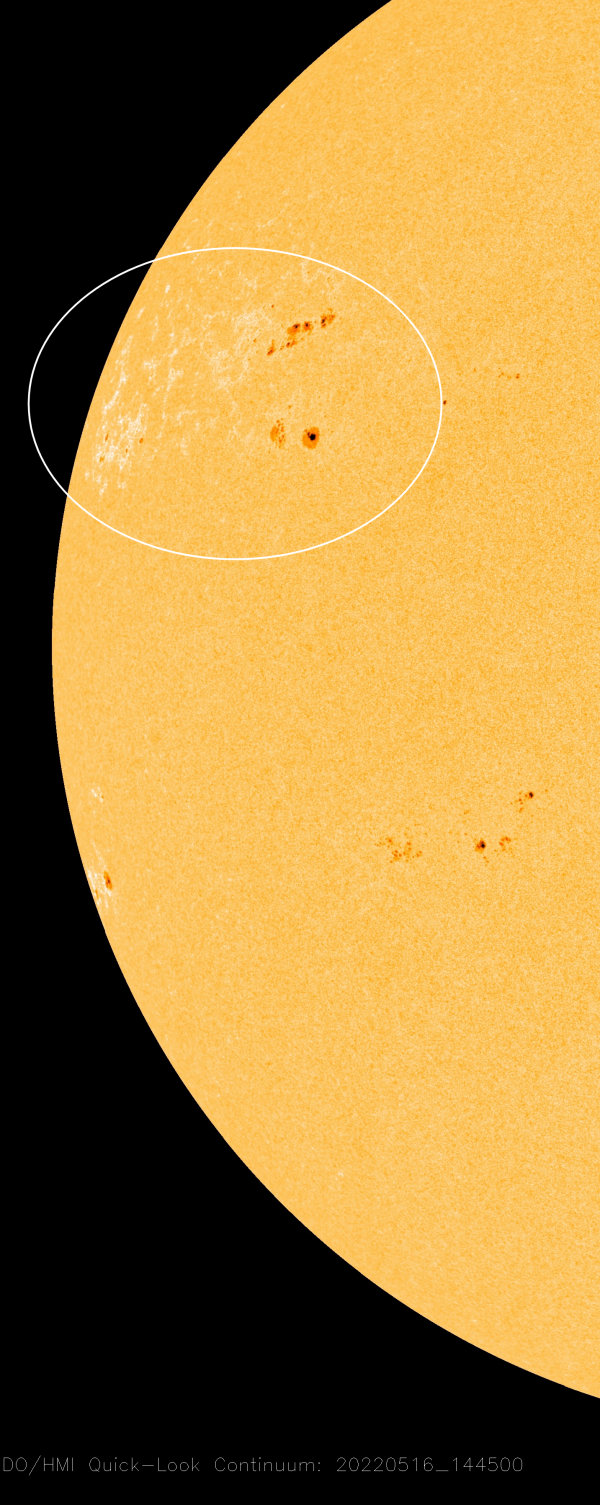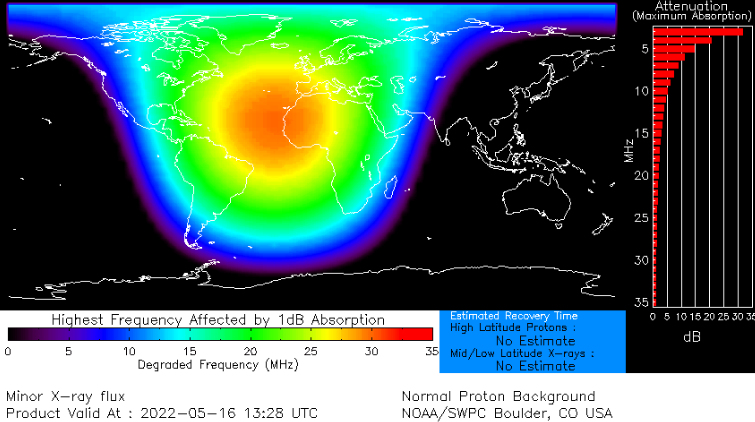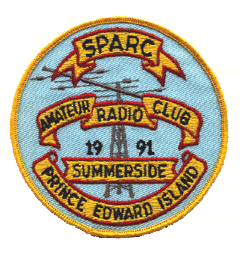M-FLARES FROM THE NORTHEASTERN LIMB: Sprawling sunspot complex AR3014-15 is crackling with M-class solar flares. The latest, an M2-class explosion on May 16th (1327 UT) caused a minor shortwave radio blackout over the mid-Atlantic Ocean: map. The region is growing in size and complexity as it turns toward Earth, which means stronger flares are possible in the days ahead.
A solar flare is an explosion on the Sun that happens when energy stored in twisted magnetic fields (usually above sunspots) is suddenly released. Flares produce a burst of radiation across the electromagnetic spectrum, from radio waves to x-rays and gamma-rays.
Scientists classify solar flares according to their x-ray brightness in the wavelength range 1 to 8 Angstroms. There are 3 categories: X-class flares are big; they are major events that can trigger planet-wide radio blackouts and long-lasting radiation storms. M-class flares are medium-sized; they can cause brief radio blackouts that affect Earth’s polar regions. Minor radiation storms sometimes follow an M-class flare. Compared to X- and M-class events, C-class flares are small with few noticeable consequences here on Earth.


Affected Area Map
